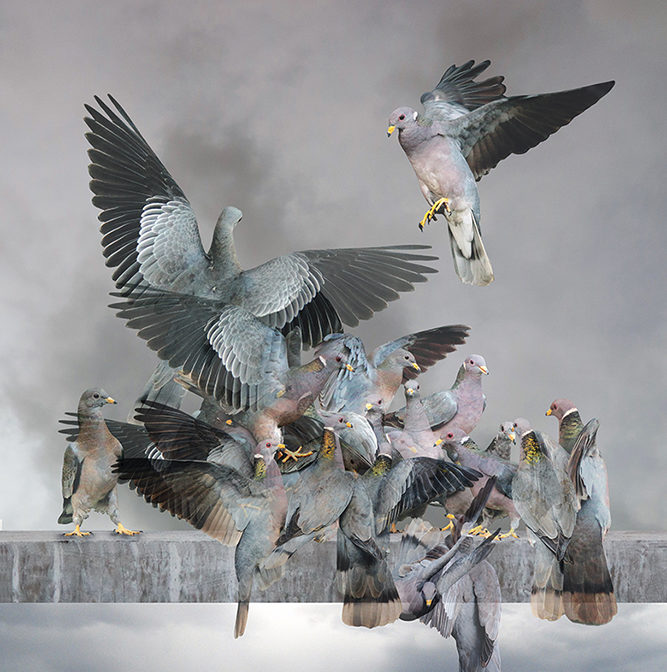
20 Apr Naida Osline: An OC Artist with a Poetic and Passionate Lens
Naida Osline’s photographic artwork is a manifestation of her vivid imagination. Her images depict her fascinations with underappreciated beauty, the subtle magic of everyday occurrences, surrealism in reality, and the magic of indigenous California flora and fauna.
Osline’s work also delves into “themes of economic and cultural structures, community, identity, gender, aging and transformation, along with the mystical and natural worlds in tension with the human-built environment,” she explains to the OC Art Blog in an interview. To view her photos—many of them exhibited in OC and SoCal galleries—is to see her poetic spirit, her understanding of aestheticism, and the importance of mystery in art.
“As artists, we may seem nonessential at this moment of crisis. But we are certainly essential in the emotional and moral health of our world in the future…whatever that may look like.”
Osline’s Visionary Plants series showcases colorful hallucinogenic plants. These works are so artistically detailed, the viewer might think they are meticulous oil paintings. To create these, she grows or locates the plants, photographs them in phases, and then combines the phases into images, with the results suggesting the psychoactive nature of plants. For each of her Birds series, she digitally combines several images of native birds. The results are multi-layered artworks conjuring up the passage of time, freedom of the skies, and the long heritage of birds.
Her series include Chasing Clouds, an illusionistic collection of portraits of people vaping large amounts of tobacco and cannabis, and Tattooed Tobacco, featuring large tobacco leaves with tattoos applied to them, referencing “addictive, spiritual and medical practices.” Osline’s Men and Royalty series is especially popular. Men are portraits of middle-aged men, photographed unclothed from the waist up. In Royalty, the artist depicts drag queens and kings, exploring issues of “identity, power, representation, gender, fame, beauty, aging and fashion.”
In an email interview, we were able to get into the details of her life and art, helping to create a detailed image of who this artist is, and what inspires her life and work.
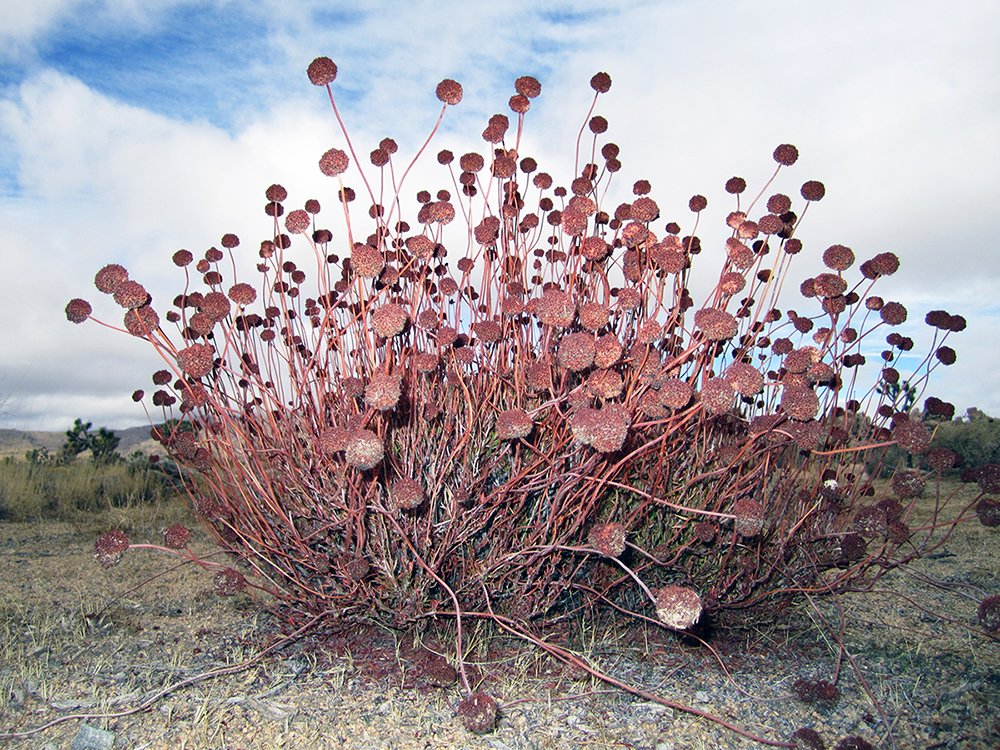
Q. Tell us about your early life, including your activities in the visual and performing arts.
A. My parents were working-class immigrants from Sweden. When I was a child, we moved to Orange County where I grew up. We never went to museums, and the only painting I remember was a paint-by-numbers piece by my mom’s friend.
We initially lived in a space behind a real estate office, adjacent to the Fullerton Airport, and my mom worked at an airport hotel. My sister, another kid and I put plays on in the lobby of the hotel for whomever would watch. I was also in a number of school plays. My first role, at around age 8, was as Gretel in Hansel and Gretel.
Q. Did you go to school for art? Photography? What was your educational journey like?
A. I went to Fullerton College and Cal State Fullerton in the 1980s. It took me 10 years to complete my B.A., as I took huge diversions along the way. For two years, I took only dance classes. I took theater as well. Today, I bring my love of theatricality to my work, particularly to my portraits.
After taking an art history class, I fell in love with visual art. After that, I majored in art with an emphasis on photography. I was initially attracted to street photography, which is like hunting, but you have to be in the mood to interact with strangers.

Q. How did you get started in your arts career? What kind of accomplishments did you achieve? What are you most proud of in your career?
I have had a career as an arts administrator, first working part-time at the Fullerton Museum Center. While there, I proposed and managed a project for Fullerton’s 1987 Centennial. I asked everyone in the city to send us snapshots to collectively serve as an intimate record of the city. I collected over 10,000 photos, along with personal information and notes. I then constructed an 80-foot long mural of the snapshots, which remained outside City Hall for a year. I later managed a community project for the 1989 Orange County Centennial. It included photos, video and text, culminating in three exhibitions at the Fullerton Museum Center.
I worked for the City of Huntington Beach (HB) from 1989 to 2010 and with the city’s new Art Center from 1995 to 1999. This position included defining the art center’s vision, hiring staff, fundraising, setting up and operating the venue. I met and hired Tyler Stallings [currently, director, Frank M. Doyle Arts Pavilion, Orange Coast College] there, and he became my husband in 2001.
Working in HB, I developed a project involving over 1,000 graffiti artists who painted on long retaining walls, facing the ocean. In this first public program in the country issuing permits for graffiti artists, we had no requirements. Even beginners with one can of paint could participate and learn from others.
I also formed a countywide arts advocacy group that acted out public demonstrations against local governments trying to stop public funding for the arts. At a Costa Mesa public event, we had a person speak at the podium. At the agreed upon moment, 50 of us stood up wearing masks of the mayor’s face suggesting that a homogenous culture was being imposed on the citizens. We symbolically stripped the city of its self-anointed moniker, “City of the Arts.” The Fullerton projects, the graffiti walls, the arts advocacy, and my time at HBAC occurred before the Internet and social media — so their history and impact are mostly lost.
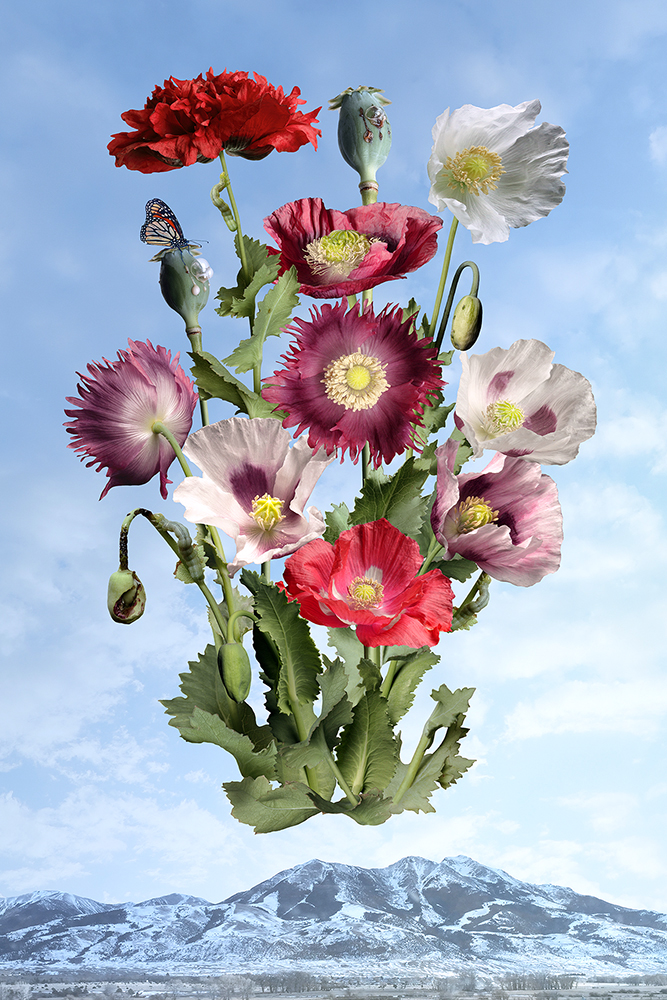
Q. Tell us about your work as an artist. How long have you been exhibiting? What inspires your work?
A. I have been exhibiting my photos and receiving critical attention since 2000. After Tyler became artistic director at UC Riverside’s art galleries in 2009, we moved to the Inland Empire. In 2010, I left my Huntington Beach job and began working full-time as an artist. That change made a huge difference in the quality and depth of my work. [She returned to the OC in 2017, and Tyler moved back soon after for his current Orange Coast College position.]
Some of my most satisfying work has come from residencies or projects where I make art, and share that work with people in that location. I spent time on a farm in Colombia, South America, from 2012 to 2014. With my interest in the machete, a useful tool and a global symbol of uprising, I developed a series of portraits of shirtless workers, located in the jungle, each holding a machete. I later brought my models and their families to the opening of that work. A television station showed up, and the workers became instant celebrities for the night.
Q. Can you tell us about your relationship with your husband, Tyler Stallings?
A. I hired Tyler while working at the Huntington Beach Art Center. We initially had a bureaucratic relationship, then became friends, and in 1999, we began sharing our lives. The first quality that attracted me to Tyler was his quirkiness. We laugh at the same things.
In 2001, we planned a trip to Italy. But we decided to make it a honeymoon, and got married at the OC Courthouse for the quickest possible service. The Italy part was more romantic.
As Tyler is a painter and a writer [in addition to being a curator and artistic director], we consider our entire house to be a live/work space. In the classic “opposites attract,” he is a hoarder and I’m a purger.
With our ongoing dialogues on our work, we try to be respectful but honest with each other. Tyler tends to read manuals first and then proceed. I usually jump in, try to figure out the work and then take out the manual. Our individual processes complement each other. At least that’s the hope.
We share our daily lives and we work together on our health and happiness. The day-to-day quality of our relationship is romantic.
We used to travel to cities and look at art. Tyler received a grant in 2015 from the Getty Foundation to research cultural sites in Latin America for the 2017-18 “Pacific Standard Time: LA/LA” art initiative. I went along and visited artist studios and cultural sites in Cuba, Argentina, Chile and Brazil.
Now, we travel more to natural settings, and do a lot of camping. Some of our most memorable trips have been to Yellowstone to see the wolves, to the ancient city of Tikal in Guatemala, and recently on safari in Kenya.

Q. What have you been doing since Covid-19 emerged in our world?
A. In late December 2019, I began a studio immersion for a film and was working alone editing, just as this crisis began. I had the uneasy feeling of something creeping around me. Soon, Tyler was off from work, public spaces and stores closed, and people began panic buying.
We are now in binary confinement, spending our days working, biking, talking, cooking, gardening and reorganizing. Fortunately, we get along. We’ve watched all the virus movies, I’m reading a book about Ebola, and I’m wondering if the virus has a collective consciousness.
As artists, we may seem nonessential at this moment of crisis. But we are certainly essential in the emotional and moral health of our world in the future…whatever that may look like.
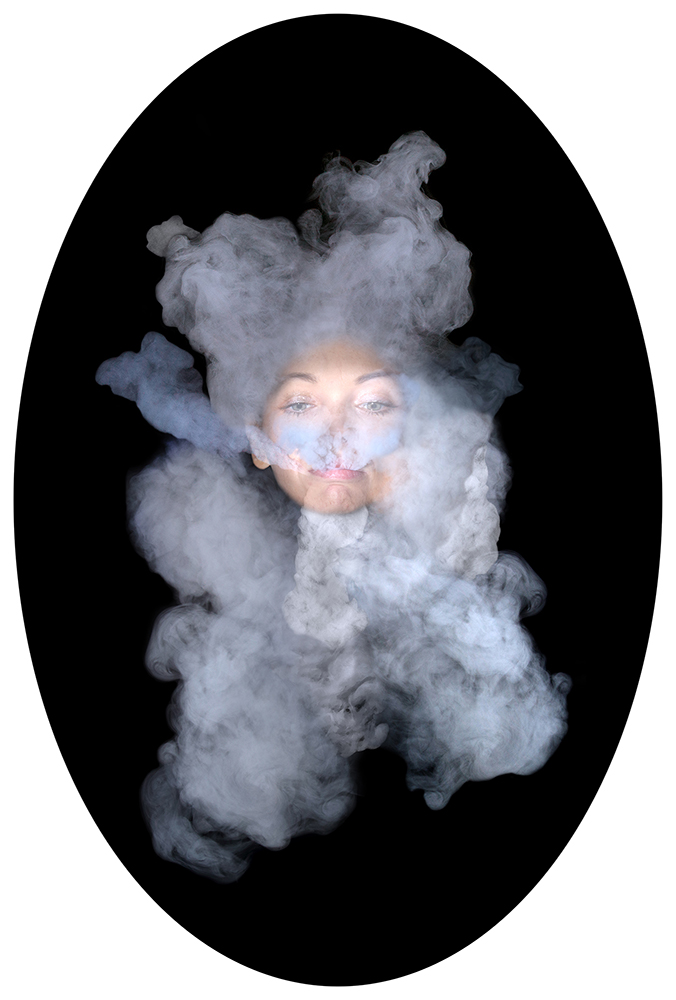
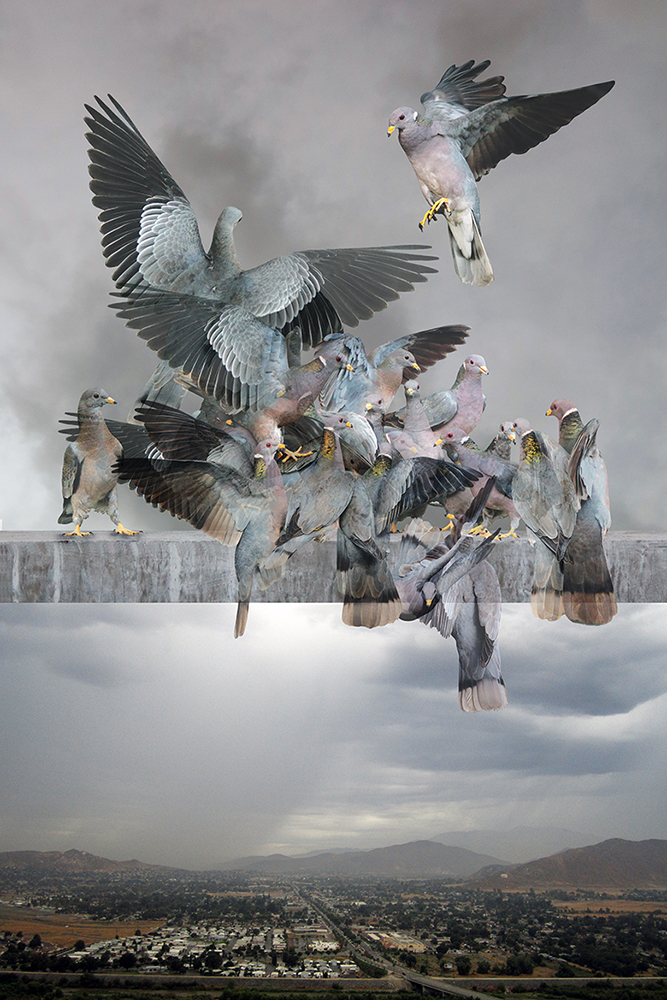
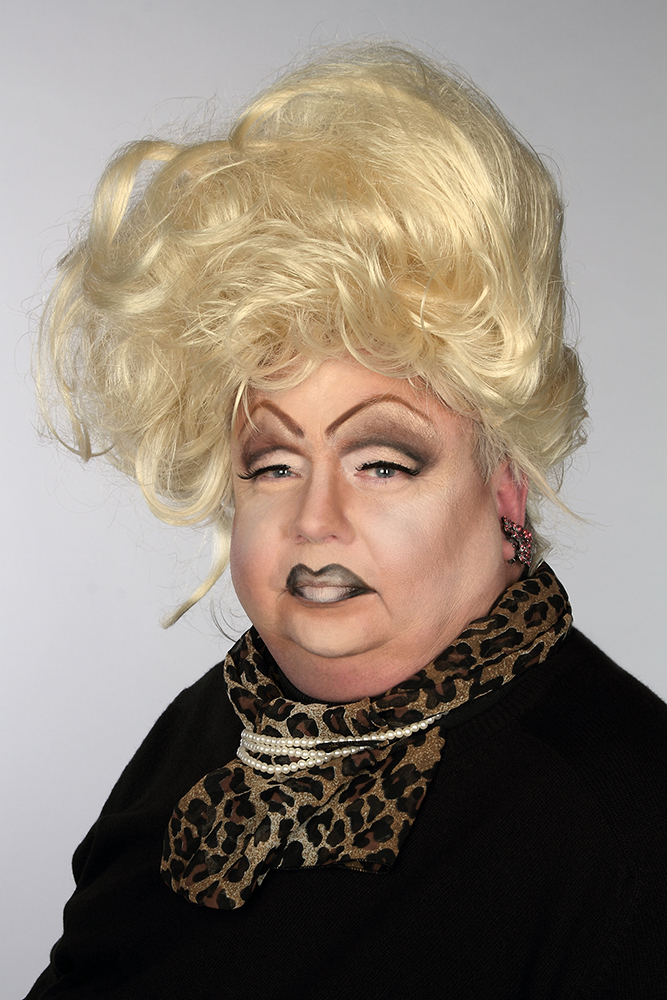
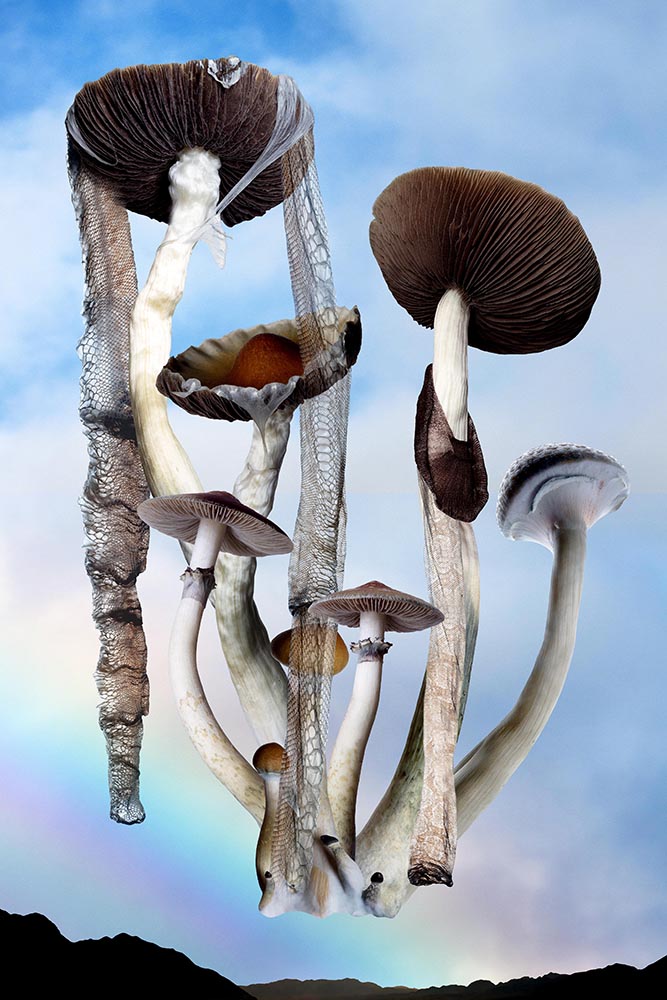



Philip Havice
Posted at 08:32h, 22 April..as always , great article and I like this one shows how diverse you are with mediums .
Your creations are so very fluid and more ♾♥️